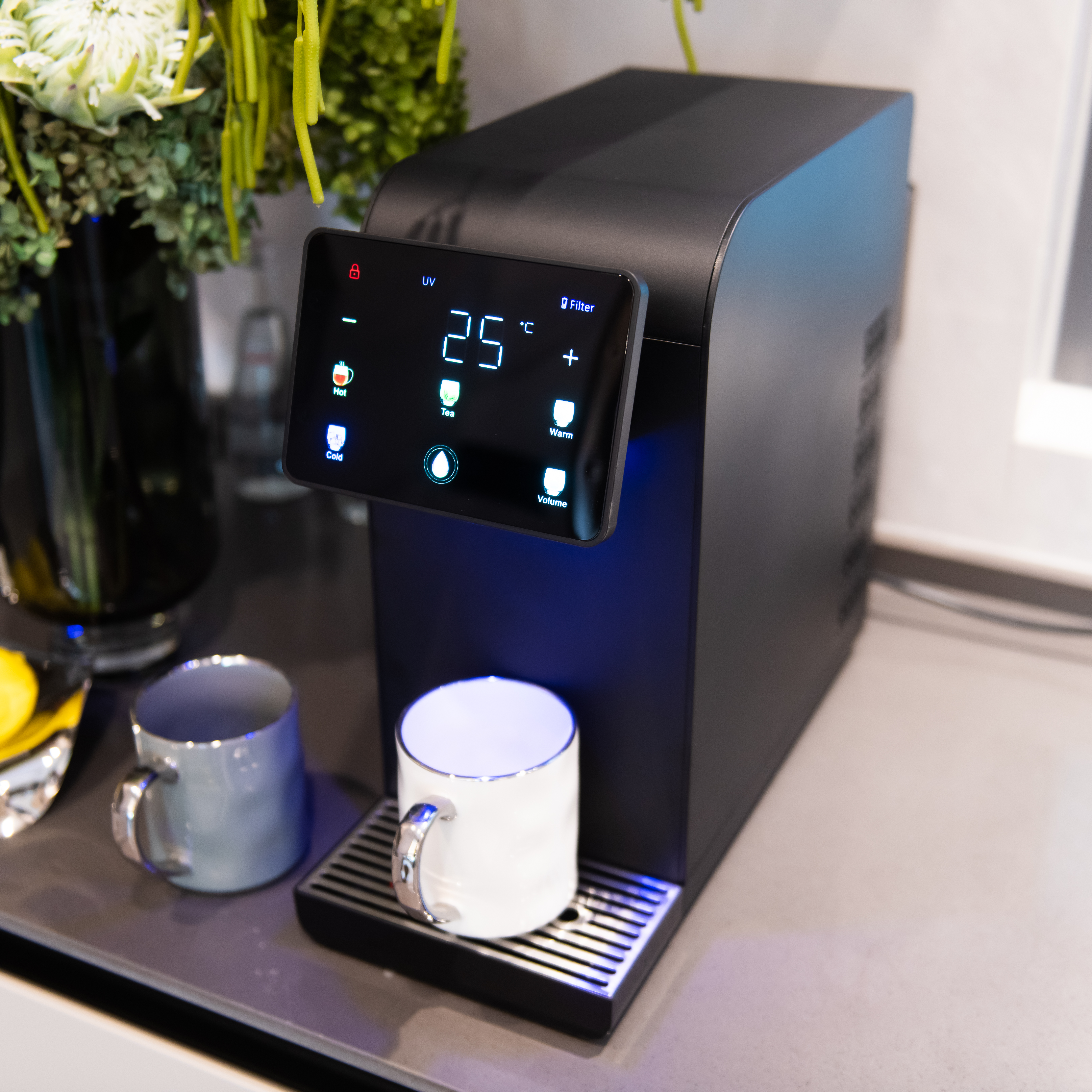Staying hydrated is a universal need, but the way we access water is evolving rapidly. Gone are the days of bulky, inefficient water coolers—today’s dispensers are sleek, smart, and designed to fit seamlessly into our lives. In this blog, we’ll explore the latest innovations in water dispenser technology, their impact on daily routines, and why they’re becoming a must-have for health-conscious and eco-aware individuals.
From Basic to Brilliant: The Evolution of Water Dispensers
Early water dispensers were simple machines focused solely on cooling or heating water. Fast-forward to 2024, and these devices have undergone a tech revolution. Modern dispensers now incorporate touchless sensors, UV sterilization, mineral-enhancing filters, and even AI-powered maintenance alerts. Whether in a minimalist home or a bustling corporate office, water dispensers are no longer just functional—they’re a statement of convenience and innovation.
Smart Features Redefining Convenience
Today’s dispensers are smarter than ever. Here’s what sets them apart:
- Touchless Operation: Wave your hand to dispense water—perfect for hygiene-conscious spaces.
- Customizable Temperatures: Pre-set your ideal water temperature for coffee, baby formula, or post-workout hydration.
- Wi-Fi Connectivity: Receive filter replacement alerts or track daily water consumption via smartphone apps.
- Energy Efficiency: Many models use eco-modes to reduce power consumption when idle.
Health Benefits Beyond Hydration
Water dispensers aren’t just about convenience—they’re a tool for wellness:
- Advanced Filtration:
- Reverse osmosis (RO) and activated carbon filters remove microplastics, heavy metals, and pesticides.
- Some models add minerals like magnesium or calcium for enhanced health benefits.
- Encourages Hydration:
- Instant access to chilled or flavored water (via infusers) makes drinking water more appealing.
- Trackable usage helps users meet daily hydration goals.
- Safer for Vulnerable Groups:
- Boiling water functions eliminate pathogens, ideal for households with infants or immunocompromised individuals.
The Rise of Sustainable Solutions
As climate concerns grow, eco-friendly dispensers are gaining traction:
- Bottleless Systems: Eliminate plastic waste by connecting directly to tap water.
- Recyclable Materials: Brands now use biodegradable plastics or stainless steel in construction.
- Carbon-Neutral Models: Some companies offset manufacturing emissions through reforestation initiatives.
Water Dispensers in Unique Settings
Beyond homes and offices, dispensers are making waves in unexpected places:
- Gyms and Studios: Electrolyte-infused water options support athletes.
- Schools: Child-safe designs with lockable hot water taps promote student safety.
- Public Spaces: Solar-powered outdoor dispensers reduce plastic bottle litter in parks.
Choosing a Dispenser for Your Lifestyle
With endless options, here’s how to narrow it down:
- For Families: Look for models with dual temperature zones and child locks.
- For Offices: Opt for high-capacity dispensers with quick-cooling/heating cycles.
- For Eco-Warriors: Prioritize bottleless systems with NSF-certified filters.
Debunking Common Myths
- “Dispensers are expensive”: While upfront costs vary, long-term savings on bottled water and healthcare (from cleaner water) outweigh initial investments.
- “Tap water is just as good”: Many municipal supplies contain contaminants—dispensers add an extra layer of protection.
- “They’re hard to maintain”: Modern self-cleaning modes and filter indicators simplify upkeep.
What’s Next for Water Dispensers?
The future looks exciting:
- AI Integration: Predictive maintenance and personalized hydration tips.
- Atmospheric Water Generators: Harvesting drinking water from humidity (already in prototype stages!).
- Zero-Waste Models: Fully circular systems that recycle used filters into new materials.

Post time: Apr-16-2025

